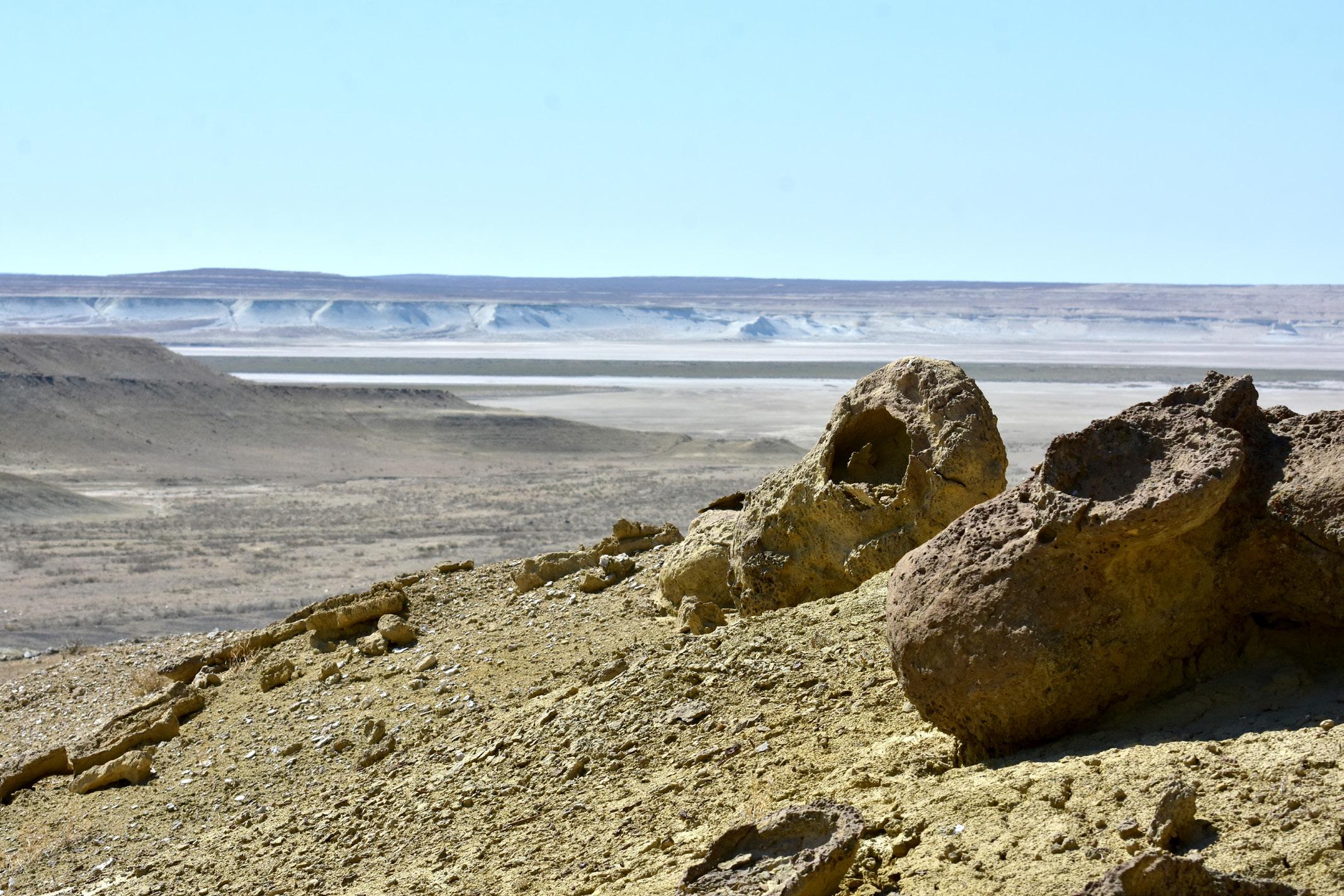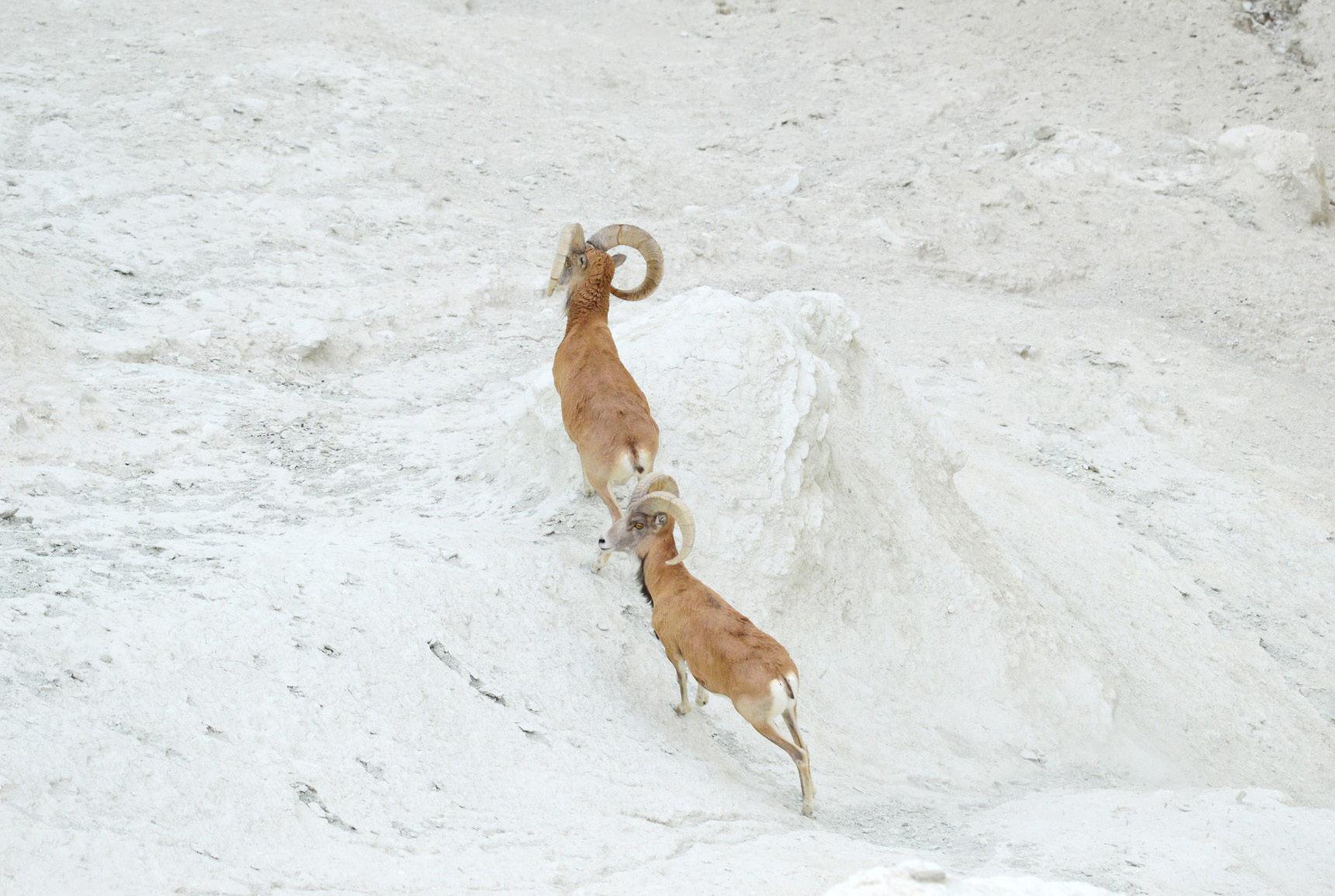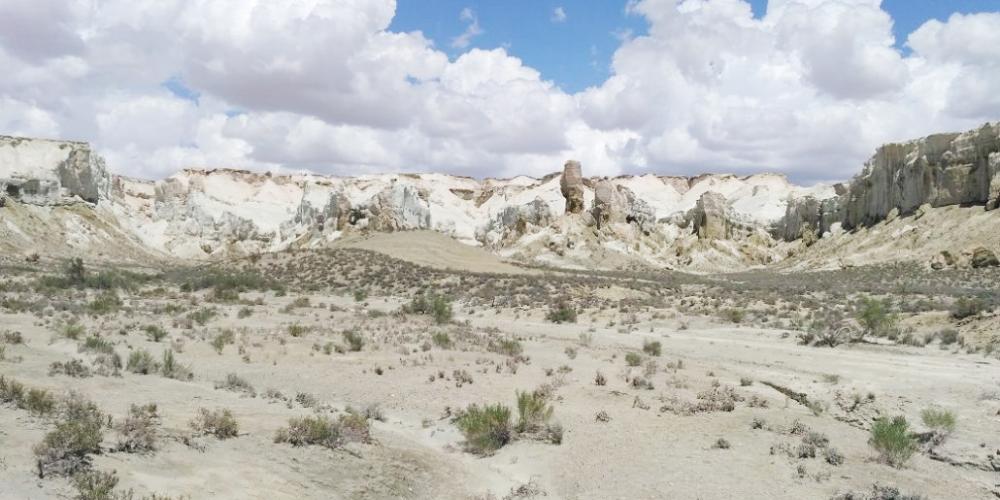South Ustyurt National Park

In the wild west of Uzbekistan, the Ustyurt Plateau has long been seen as a mysterious and otherworldly region. Vast and isolated, few people venture into its rugged and extreme landscapes. Yet it's here that one of the country's newest protected areas was declared in 2020 – South Ustyurt National Park.
Covering a massive 1.5 million hectares, most of the land consists of gypsum deserts, which are a mix of clay, sand and gravel, baked by the severe heat and dryness that exists for most of the year. Throughout them are some incredible karst formations, tall rock formations that rise up from the ground like ancient turrets.

As well as the karsts, one of the most notable features of the landscapes are the chinks – steep cliffs or canyons made of chalk and limestone that were carved by the ancient regression of seas. They can be up to several hundred metres high and filled with caverns and platforms, often with sagebrush and other shrubby vegetation growing on them, and sometimes even with natural springs.
Due to its inaccessibility, the region remained relatively untouched for many decades, which helped with the protection of some of the threatened species. Other threats still had significant impacts on their numbers, but South Ustyurt National Park is now an important part of conservation efforts. The park is home to species like the kulan, the goitered gazelle, and a wild sheep called the urial. The caves and sinkholes are also a popular shelter for bats and there are a number of different types living here.

While it's the cold winter deserts that are the dominant environment here, the southern end of the park sees a very different ecosystem because of Lake Sarykamysh, which crosses the border into Turkmenistan. The lake was formed in the 1960s when drainage water from the Lower Amudarya area was discharged into the Sarykamysh depression. Birdwatchers will likely be interested in the number of species, resident and migrating, that this attracts.
South Ustyurt National Park is quite a new designation so, coupled with its remoteness, there is very little tourism infrastructure. However, there are plans to develop ecotourism experiences here that will take visitors into some of the incredible enigmatic landscapes that have captivated people for generations.

